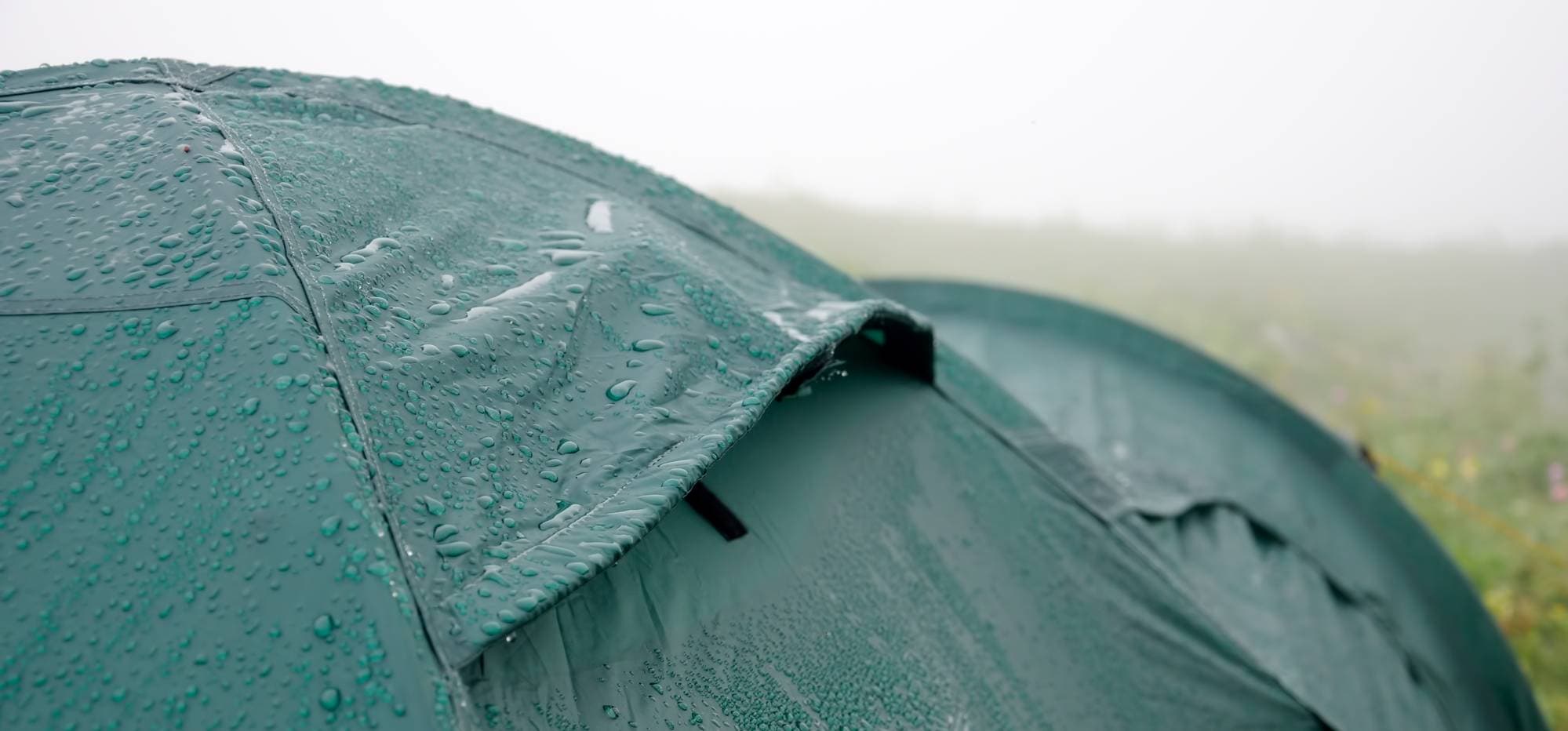Sports play an essential role in promoting physical health, mental well-being, and social interaction. Whether you prefer indoor or outdoor activities, engaging in sports provides numerous benefits and opportunities for personal growth and enjoyment.Indoor sports refer to activities that are conducted within an enclosed space, such as Walking Pad,gyms, leisure centers, or sports halls. These sports offer a controlled environment with regulated conditions, making them suitable for year-round participation. Outdoor sports, on the other hand, are played in open-air environments, such as parks, fields, or natural landscapes. These sports provide a connection to nature and offer unique challenges that can add excitement to the sporting experience. Let’s explore the advantages of outdoor sports!
I. Introduction to Waterproofing Tents
A. Overview of the Importance of Waterproofing a Tent
Waterproofing a tent is essential to protect against water infiltration during camping or outdoor activities. It ensures that the tent remains dry and comfortable, providing a reliable shelter even in wet weather conditions.
B. Understanding the Consequences of a Non-Waterproof Tent
A non-waterproof tent can lead to discomfort, damage to equipment, and potential health risks. Water leakage can cause wet sleeping bags, clothing, and gear, making the camping experience unpleasant and potentially dangerous in cold conditions.
C. Exploring the Benefits of Proper Tent Waterproofing Techniques
Proper tent waterproofing techniques provide peace of mind and enhance the overall camping experience. Waterproofed tents keep occupants dry, protect gear from moisture damage, and prevent the growth of mold and mildew, ensuring a safe and comfortable camping environment.
II. Evaluating Your Tent’s Waterproofing Needs
A. Identifying Signs of Water Leakage or Poor Waterproofing
- Exploring Common Problem Areas for Water Infiltration
Common problem areas for water infiltration include seams, zippers, the tent floor, and poorly designed or damaged rainflies.
- Highlighting Indicators of a Tent in Need of Waterproofing
Indicators of a tent in need of waterproofing include visible leaks, water stains, musty odors, or a tent that becomes damp even in light rain.
B. Determining the Tent’s Material and Waterproofing Requirements
- Understanding Different Tent Fabrics and Their Waterproofing Characteristics
Different tent fabrics have varying levels of inherent waterproofness. Nylon and polyester fabrics commonly used in tents often require additional waterproofing to provide optimal protection.
- Identifying Specific Waterproofing Methods for Different Fabrics
Specific waterproofing methods and products may be tailored to the specific fabric properties and manufacturer’s recommendations.
III. Seam Sealing Techniques
A. Understanding the Importance of Seam Sealing
- Exploring How Seams Can Be Vulnerable to Water Infiltration
Unsealed seams can allow water to seep through the needle holes and stitching, compromising a tent’s waterproofness.
- Highlighting the Role of Seam Sealing in Maintaining Waterproofness
Seam sealing involves applying a waterproof sealant to the seams, creating a barrier that prevents water from entering through the stitched areas.
IV. Waterproofing Tent Fly and Rainfly
A. Preparing the Tent Fly for Waterproofing
- Cleaning and Drying the Tent Fly for Effective Waterproofing
Thoroughly clean and dry the tent fly before applying any waterproofing treatment to ensure optimal adherence and effectiveness.
- Identifying Any Damaged Areas that Require Repair
Inspect the tent fly for any tears, holes, or weak spots that need to be repaired before applying waterproofing solutions.
B. Applying Waterproofing Solutions to the Tent Fly
- Highlighting Waterproofing Sprays, Coatings, or Dips for Tent Fly
Waterproofing solutions for the tent fly may include sprays, coatings, or dips specifically designed for fabric waterproofing.
- Exploring Proper Application Techniques for Optimal Results
Follow the manufacturer’s instructions for applying the waterproofing solution to the tent fly, ensuring even coverage and complete saturation of the fabric.
V. Waterproofing Tent Floor and Groundsheet
A. Cleaning and Inspecting the Tent Floor
- Removing Dirt and Debris from the Tent Floor
Thoroughly clean the tent floor, removing any dirt, debris, or other contaminants that could compromise waterproofing effectiveness.
- Identifying Any Tears, Holes, or Weak Spots that Require Patching
Inspect the tent floor for any tears, holes, or weak spots that need to be repaired before applying waterproofing treatments.
B. Applying Waterproofing Treatments to the Tent Floor
- Highlighting Waterproofing Sprays, Coatings, or Sealants for Tent Floor
Apply waterproofing sprays, coatings, or sealants specifically designed for tent floor waterproofing to ensure complete protection.
- Exploring Proper Application Techniques for Effective Waterproofing
Follow the manufacturer’s instructions for applying the waterproofing treatment to the tent floor. Ensure full coverage and even application to maintain waterproofness.
VI. Additional Waterproofing Measures
A. Rainfly and Guy Lines Adjustment
- Proper Positioning and Tensioning of Rainfly and Guy Lines
Properly position and tension the rainfly and guy lines to ensure they provide optimal coverage and prevent water pooling or leakage.
- Highlighting the Role of Proper Rainfly and Guy Line Setup in Waterproofing
Correctly setting up the rainfly and guy lines helps divert water away from the tent, preventing water infiltration through vents, doorways, or fabric layers.
B. Tent Site Selection and Rain Protection Measures
- Identifying Ideal Tent Placement to Minimize Water Accumulation
Choose a tent site that is well-drained and slightly elevated to minimize the risk of water pooling around the tent.
- Exploring Supplementary Rain Protection Measures (e.g., Tarp, Groundsheet)
Consider using additional rain protection measures, such as tarps or groundsheets, to provide an extra layer of waterproofing and prevent water infiltration from the ground or heavy rain.
Waterproofing your tent is essential for a comfortable and dry camping experience. By evaluating your tent’s waterproofing needs, seam sealing the tent, waterproofing the tent fly and floor, and taking additional measures, you can ensure maximum protection from rain and moisture. Regular maintenance and inspection are crucial in identifying any issues or damages that require prompt repair or waterproofing. With proper waterproofing techniques, you can extend the lifespan of your tent and enjoy camping trips even in wet conditions.
